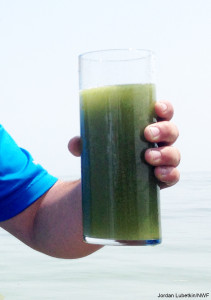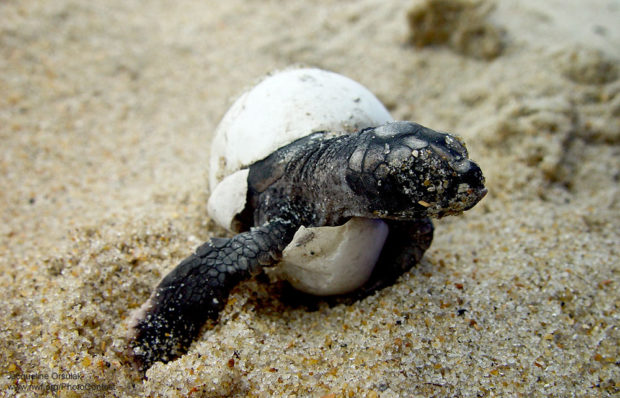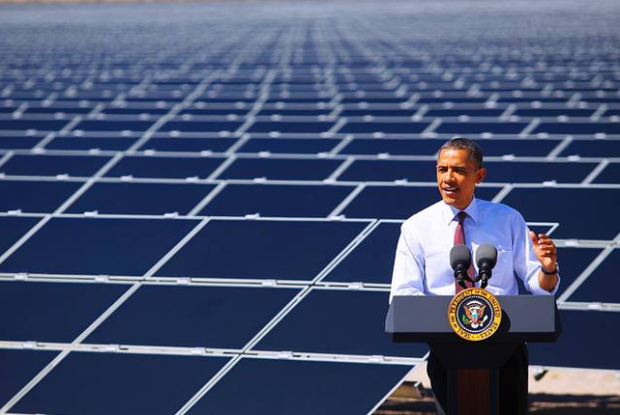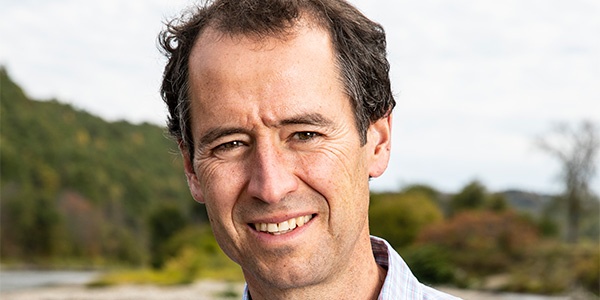We have much more to do and your continued support is needed now more than ever.
Climate Change Threatens Our Waterways
Few resources are more vital to wildlife and our enjoyment of the outdoors than our waterways. Like many people, my passion for the outdoors started with a relationship with a treasured waterway, spending summers boating, fishing, swimming and watching ducks and other wildlife on Keuka Lake in the beautiful fingers lakes region of New York. Now that I have kids, I try to spend as much time on the lakes of New England with them as I can.

Wildlife in Hot Water
A new report – Wildlife in Hot Water: America’s Waterways and Climate Change – details how climate change is impacting our waterways from seasonal mountain streams, to prairie wetlands, to our great rivers, to lakes and finally to our coasts and the ocean. With these changes come alarming threats to wildlife.
Warming Mountain Streams
Mountain streams are the origin of our waters, trickling together to form greater waters. They provide unique habitat on the outer range of our watersheds, but they are also vulnerable to changes in climate.

If trends continue, brook trout could no longer be present in many Appalachian and southeastern streams by mid-century. In the inter-mountain west, trout stream fisheries are already having to close early because dry and warm conditions are stressing trout populations.
Declining Duck Populations
Approximately half of America’s ducks are produced in the prairie pothole region. True to its name, this vast region in the upper Great Plains and Canada is rich with shallow, largely predator free, seasonal round wetlands that dot the landscape like freckles. The potholes are perfect nurseries for ducklings.

Increasing Toxic Algal Blooms

With increased storm intensity and frequency, runoff of harmful nutrient pollutants have increased in recent years. The shallow lake cannot handle these increased loads, and toxic algae blooms have engulfed the lake. This hit crisis levels last summer when almost half-a-million people in the Toledo, Ohio area were unable to use public water for several days due to a toxic bloom.
Toxic algal blooms not only threaten water supplies, but can create dead zones in lakes, killing fish, and poisoning wildlife. Other important bodies of water, like the Chesapeake Bay and Lake Champlain have also suffered from harmful algal blooms as well as runoff increases with more intense storms.
Disappearing Coasts
As climate changes causes sea levels to rise, coastal habitats are disappearing. Brackish marshes are changing to salt marshes and some are converting to open water.

Taking Action on Climate
Fortunately, steps are being taken by President Obama and the U.S. Environmental Protection Agency to address the causes of climate change. Last week, the President and Administrator Gina McCarthy unveiled the Clean Power Plan which details the first ever controls on carbon pollution from power plants.

The result of this plan is that by 2030, the power sector will be 32% cleaner than it is today. Much of these saving will come as a result of clean, renewable energy replacing dirtier fossil fuel generation. This is a breath of fresh air for wildlife. While this plan is not enough, it is the biggest step yet in ensuring we keep our streams, rivers, lakes, and oceans healthy and bountiful for our children and safe from climate change.
Restoring Protection for Our Waters
Coupled with the Clean Power Plan, the EPA has also set forth a new rule to restore and clarify important protections for waters, especially sensitive streams in the uppermost parts of our watershed, as well as many wetlands. These waters help protect us and wildlife from the increasing flooding and droughts climate change will bring. They also provide valuable sanctuary for wildlife stressed by warming.
We can’t let these waters be lost to unregulated pollution and destruction.
![]() Urge Congress to stand strong for wildlife and climate action!
Urge Congress to stand strong for wildlife and climate action!






















